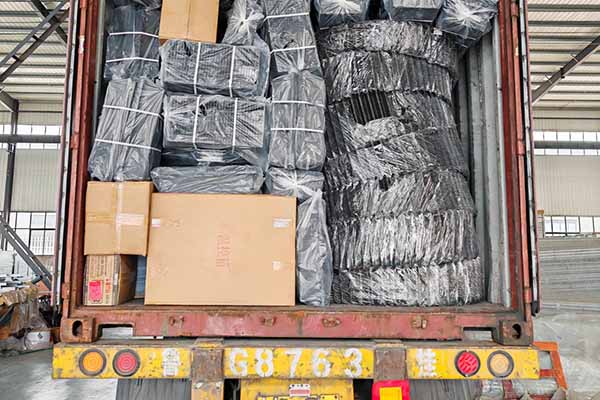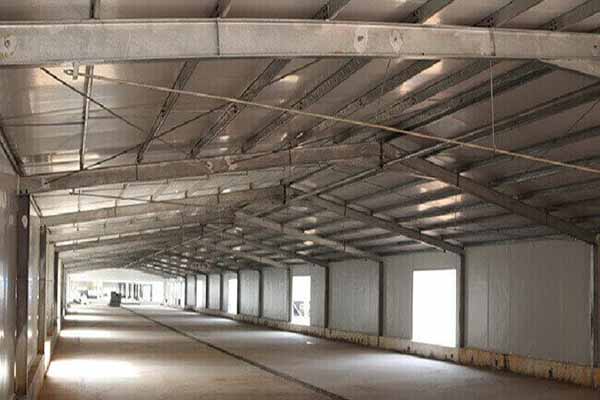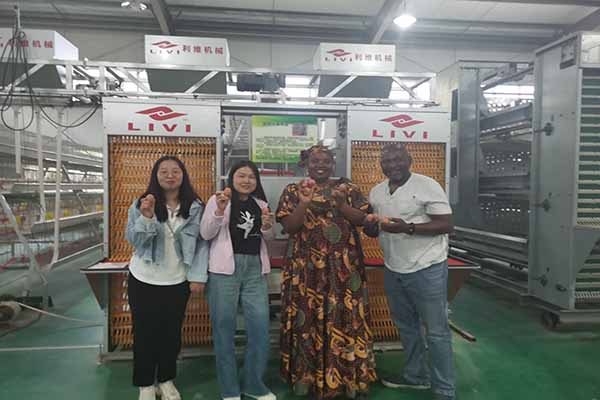Understanding the Repair and Maintenance Costs of Ugandan Chicken Farming Equipment
Time : 2025-04-25
When it comes to running a chicken farm in Uganda, the costs can add up, especially when it comes to repairing and maintaining the equipment. As a farmer, you need to be well-informed about these expenses to ensure your farm runs smoothly and profitably. In this article, we’ll delve into the factors that contribute to the repair and maintenance costs of Ugandan chicken farming equipment, and how you can manage them effectively.
1. The Importance of Regular Maintenance
Regular maintenance is crucial for the longevity and efficiency of your chicken farming equipment. Neglecting this aspect can lead to costly repairs in the future. Here are a few reasons why maintenance is key:
- Prevents Breakdowns: Regular maintenance helps identify and fix small issues before they turn into major problems.
- Extends Equipment Life: By keeping your equipment in good condition, you can extend its lifespan and reduce the frequency of replacements.
- Improves Efficiency: Well-maintained equipment operates more efficiently, which can lead to lower energy costs and higher productivity.
2. Factors Influencing Repair and Maintenance Costs
Several factors can influence the repair and maintenance costs of your chicken farming equipment in Uganda. Let’s explore some of the key factors:
2.1 Type of Equipment
The type of equipment you use on your farm can significantly impact repair and maintenance costs. For instance, larger machinery like feeders and waterers may require more frequent maintenance and repairs compared to smaller equipment like incubators or brooders.
2.2 Brand and Quality
The brand and quality of the equipment you purchase can also affect maintenance costs. High-quality equipment may have a higher upfront cost but could be more cost-effective in the long run due to lower maintenance and repair expenses.
2.3 Age of the Equipment
Older equipment tends to require more frequent repairs and maintenance. This is because the parts are more likely to wear out and break down over time. Investing in regular maintenance can help mitigate this issue.
2.4 Local Availability of Parts and Labor
In Uganda, the availability of parts and skilled labor can also impact repair and maintenance costs. If replacement parts are scarce or expensive, it can add to your expenses. Similarly, if skilled technicians are hard to find, you may end up paying more for repairs.
2.5 Usage Frequency
The frequency with which you use your equipment can also affect maintenance costs. Equipment that is used more often will likely require more maintenance and repairs.

3. Tips for Managing Repair and Maintenance Costs
Here are some practical tips to help you manage the repair and maintenance costs of your chicken farming equipment in Uganda:
3.1 Conduct Regular Inspections
Regularly inspect your equipment for signs o f wear and tear. This can help you identify potential issues early on and address them before they become more costly problems.
f wear and tear. This can help you identify potential issues early on and address them before they become more costly problems.
3.2 Use High-Quality Parts
Invest in high-quality replacement parts for your equipment. While they may be more expensive upfront, they can save you money in the long run by reducing the frequency of repairs.
3.4 Develop a Maintenance Schedule
Create a maintenance schedule for your equipment and stick to it. This will help ensure that all necessary maintenance tasks are completed on time.

3.5 Train Your Staff
Train your staff on how to properly use and maintain the equipment. This can help prevent accidents and damage that could lead to costly repairs.
3.6 Seek Professional Advice
Don’t hesitate to seek professional advice when it comes to maintaining and repairing your equipment. A skilled technician can provide valuable insights and help you make informed decisions.
4. Conclusion
Managing the repair and maintenance costs of your chicken farming equipment in Uganda is essential for the success of your farm. By understanding the factors that contribute to these costs and implementing effective management strategies, you can keep your farm running smoothly and efficiently. Remember, regular maintenance and timely repairs are key to ensuring the longevity and performance of your equipment.











